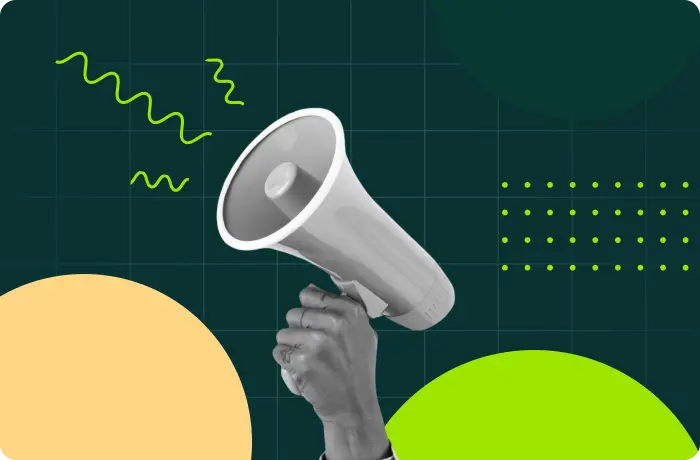Master the art of UX design with our comprehensive guide and expert tips.
Looking for a comprehensive guide to design thinking? Our article covers the key principles, processes, and benefits of this powerful approach to problem-solving for UX professionals. Learn how to implement design thinking in your UX design process and drive innovation.
Design thinking has become a popular problem-solving approach, especially among UX professionals. This guide aims to provide a comprehensive overview of design thinking, including its key principles, processes, and benefits, and how it can be applied to the UX design process. By the end of this guide, you will have a solid understanding of design thinking and how to implement it in your UX design process.
What is Design Thinking?
Design thinking is a human-centered problem-solving approach emphasizing empathy, collaboration, and experimentation. It originated in the design world but has since been adopted by other industries to solve complex problems. Design thinking focuses on understanding users’ needs and creating solutions that meet those needs. By empathizing with users, designers can better understand their problems and create more effective solutions.
The Design Thinking Process
A design thinking process is a structured problem-solving approach involving five key stages: empathize, define, ideate, prototype, and test. Designers seek to understand users’ needs and pain points at the empathize stage. They distill this information into a clear problem statement at the define stage. At the ideate stage, designers generate as many solutions as possible. They create rough, low-fidelity versions of their solutions at the prototype stage. Finally, at the test stage, they gather user feedback and refine their solutions.
Design Thinking in Practice
Design thinking has been used by companies like Airbnb, IBM, and Google to drive innovation and create products that meet the needs of their users. For example, Airbnb used design thinking to create a platform that allows users to book unique and authentic travel experiences. IBM used design thinking to develop a new product that helps people with diabetes manage their condition more effectively.
Benefits of Design Thinking for UX Professionals
Design thinking can help UX professionals to create more user-centered designs, improve collaboration within teams, and drive innovation. By understanding users’ needs and pain points, designers can create solutions tailored to their users. Designers can ensure their solutions are feasible and implementable by working collaboratively with other stakeholders. Finally, by embracing experimentation and iteration, designers can create innovative solutions that push the boundaries of what is possible.
How to Implement Design Thinking in Your UX Design Process
Implementing design thinking in your UX design process requires a few key steps.
- First, you need to get buy-in from stakeholders, including senior leadership, colleagues, and clients
- Once you have buy-in, you can start to facilitate design thinking workshops and training sessions to educate your team on the principles and process of design thinking and give them the tools and techniques they need to apply them to their work
- Finally, you need to measure the success of your design thinking initiatives using metrics like user satisfaction, engagement, and retention
Bottomline
Design thinking is a powerful approach to problem-solving that can help UX professionals to create more user-centered designs, drive innovation, and improve collaboration within teams. By following the principles and process of design thinking, UX professionals can create products that truly meet the needs of their users. We hope this guide has given you the information you need to implement design thinking in your UX design process.
As part of Reestify’s team, we understand the importance of a seamless user experience in attracting and retaining customers. Our team of experts can help you implement design thinking principles in your UX design process, resulting in a user-centered product that meets your business goals. Our white-label services provide a cost-effective solution to help you save resources and accelerate growth. Let us help you create an exceptional user experience that distinguishes you from the competition.
FAQs
How can Design Thinking Help With UX Competitive Analysis?
Design thinking can help with UX competitive analysis by providing a structured approach to identifying user needs and pain points. By using design thinking methods such as user research, ideation, and prototyping, UX professionals can better understand their target audience and the competitive landscape. This allows them to create user-centered designs that differentiate their product from competitors and deliver a superior user experience. By incorporating design thinking into their competitive analysis process, UX professionals can create innovative solutions that meet the evolving needs of their users and stay ahead of the competition.
What are Some Real-world Examples of Design Thinking in Action?
Take Airbnb, for instance. The company used design thinking to create its “Experiences” product, transforming how people travel. With Experiences, users can book unique and authentic experiences hosted by locals, ranging from cooking classes and cultural tours to outdoor adventures. By embracing design thinking principles, Airbnb was able to identify a gap in the market and create a product that resonated with its target audience.
How Can I Implement Design Thinking in My Own UX Design Process?
To implement design thinking in your UX design process, empathize with your users and understand their needs and pain points. Then, define the problem you’re trying to solve and ideate potential solutions. Prototype and test your ideas with real users to gather feedback and iterate on your design. Remember to focus on the user experience and use data to inform your decisions. By following these steps, you can create user-centered designs that are both effective and enjoyable to use.






